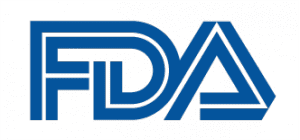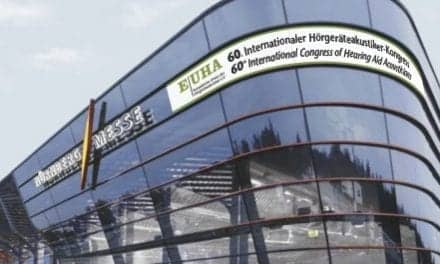
According to the Hearing Industries Association (HIA), the Draft Guidance, when finalized, is intended to further clarify the regulatory distinctions between hearing aids and PSAPs. The FDA regulates hearing aids as medical devices, and originally provided guidance on hearing aids and PSAPs in 2009. In the 2009 Draft Guidance, the FDA stated that PSAPs are not subject to regulation since they are designed to enhance normal hearing rather than to address hearing loss. After issuing its original Draft Guidance, which bans the marketing of PSAPs as hearing aids, the FDA recognized that greater clarity was needed due to claims by some PSAP manufacturers relating to hearing loss.
In reopening the comment period, the FDA also requested comment on the availability, accessibility, and use of hearing aids and PSAPs for consumers with hearing loss. As previously reported in several articles about PCAST in The Hearing Review, the FDA requested comments on recommendations in the Letter Report issued by the President’s Council of Advisors on Science and Technology (PCAST) in October, including the recommendation to create a “basic” category of hearing aids for over-the-counter (OTC) sale. In that request, the FDA specifically solicited comments on whether the benefits of expanded OTC access outweigh the risks of foregoing the requirement for an evaluation to rule out treatable, potentially progressive causes of hearing loss.
The FDA also has announced that it will be holding a workshop on April 21, 2016 at its headquarters in Maryland on “Streamlining Regulations for Good Manufacturing Practices (GMPs) for Hearing Aids” to discuss the appropriate level of GMP regulations. The FDA workshop will reportedly outline the agency’s perspective on the current GMPs that are required under the agency’s Quality Systems Regulation (QSR) and gather stakeholder and public input about alternative models for regulation that would accelerate innovation while still enabling quality design and manufacturing for hearing aids.
Source: FDA; HIA





